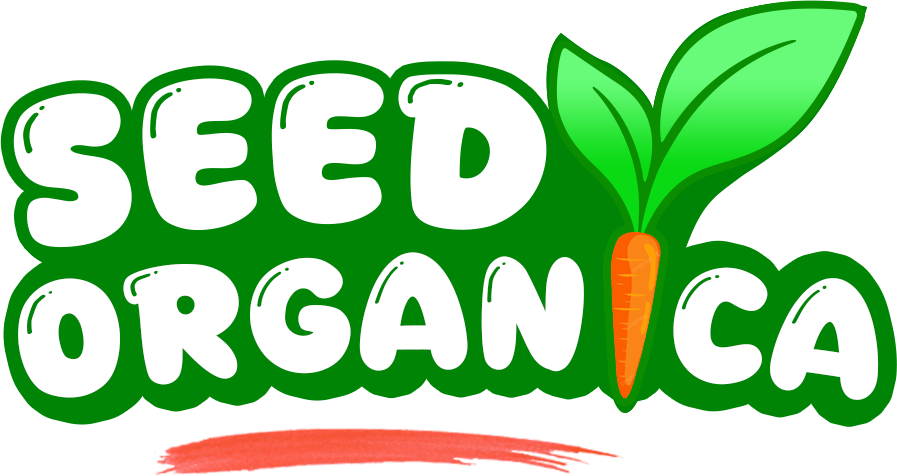Dicentra Seeds – Yellow Bleeding Heart
-
Estimated Delivery:Oct 21 - Oct 25
-
Free Shipping & Returns on all orders.
Dicentra Seeds – Yellow Bleeding Heart Variety produce elegant, heart-shaped blossoms that hang gracefully from arching stems. This unique yellow form of the classic Bleeding Heart adds a soft, romantic charm to shaded gardens and woodland settings. Known for its delicate foliage and extended bloom period, this perennial plant brings a touch of elegance and color to garden beds, borders, and containers.
The Yellow Bleeding Heart thrives in cool, partially shaded environments and prefers moist, well-drained soil. Its graceful blooms and fern-like leaves make it a favorite among gardeners seeking an ornamental plant with refined beauty and low maintenance needs.
Features:
-
Type: Perennial flowering plant
-
Common Name (US): Bleeding Heart
-
Scientific Name: Dicentra spectabilis (Yellow variety)
-
Flower Color: Soft yellow
-
Bloom Shape: Heart-shaped pendulous flowers
-
Growth Habit: Clump-forming
-
Height: 12–24 inches (30–60 cm)
-
Soil Requirement: Moist, well-drained, rich in organic matter
-
Sunlight: Partial shade to full shade
-
Watering: Regular; soil should remain evenly moist
-
Bloom Time: Spring to early summer
-
Special Feature: Shade-loving perennial; excellent for woodland or border gardens
Specifications:
-
Planting Season: Early spring or fall
-
Hardiness Zones (USDA): Zones 3–9
-
Sowing Method: Start seeds indoors 8–10 weeks before last frost or sow outdoors after frost danger passes
-
Germination Time: 20–30 days
-
Germination Temperature: 60–70°F (15–21°C)
-
Spacing Between Plants: 12–18 inches (30–45 cm)
-
Mature Plant Height: 1–2 feet (30–60 cm)
-
Best Growing Months:
-
Northern Zones (3–5): April to July
-
Mid Zones (6–7): March to June
-
Southern Zones (8–9): February to May
-
-
Maintenance: Low; remove spent flowers to encourage fresh blooms and prevent self-seeding
-
Uses: Shade gardens, woodland gardens, borders, and ornamental beds













